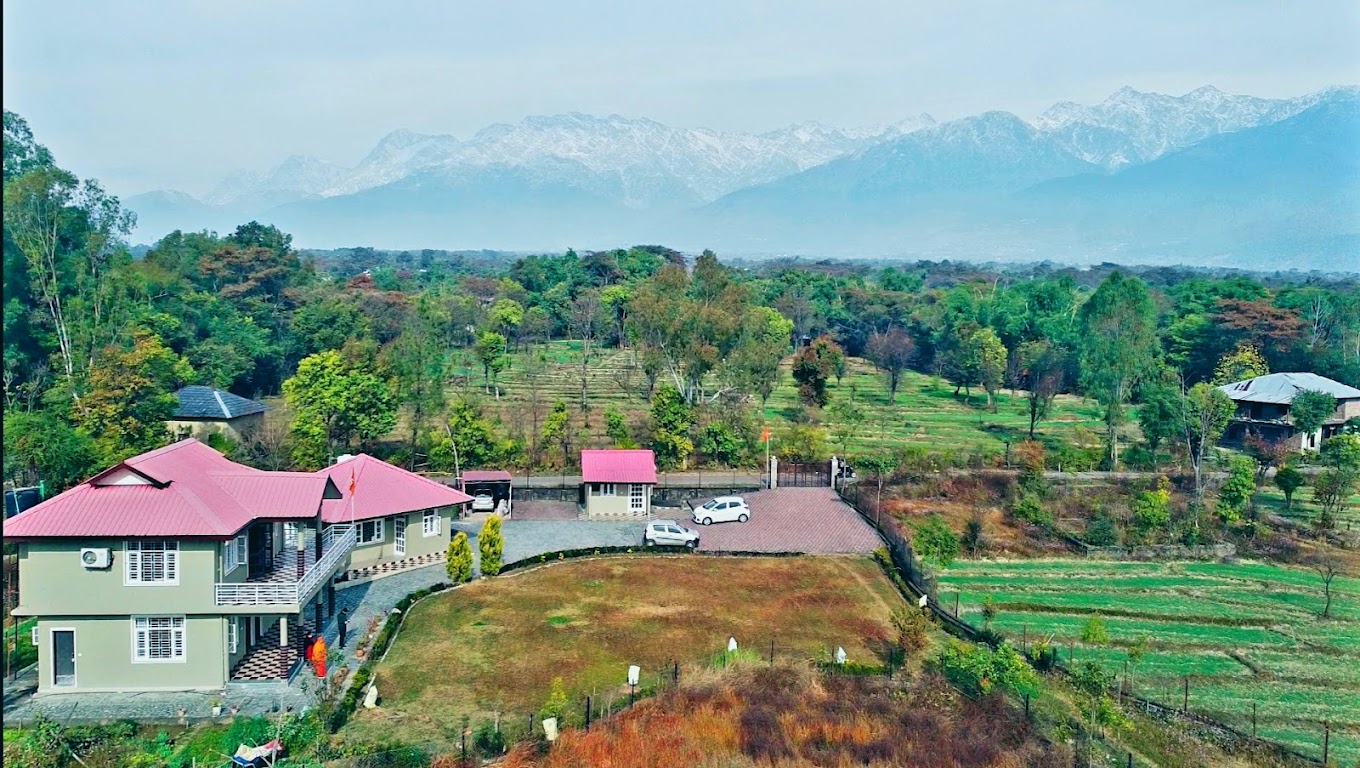“From Trees to Algae: A Comprehensive Guide to Nature’s Diversity”
Nature is an incredibly diverse and complex system that encompasses everything from the smallest microorganisms to the largest ecosystems. Understanding the different classes or categories of nature can help us appreciate the beauty and complexity of the natural world and can also help us better care for our planet. In this article, we will explore some of the different types of nature and their various uses.
- Trees:
Trees are some of the most important and majestic plants in nature. They provide oxygen, clean the air, and are home to countless animals and insects. Trees can also be used for building materials, paper, and other products. Some popular tree species include oak, maple, pine, and cedar.
- Shrubs:
Shrubs are smaller woody plants that are often used in landscaping. They provide texture and color to gardens and can also serve as a natural barrier or screen. Examples of shrubs include roses, azaleas, and holly.
- Vines:
Vines are plants that grow along the ground or climb on other objects using tendrils. They can be used for ornamental purposes or as food crops. Some common vine species include grapes, cucumbers, and passionflowers.
- Grasses:
Grasses are some of the most common plants on earth and can be found in a variety of habitats. They are used for lawns, grazing, and as crops. Examples of grasses include wheat, corn, and bamboo.
- Aquatic Plants:
Aquatic plants are plants that grow in or near water. They can be either floating or rooted and are used for ornamental purposes or as food crops. Some examples of aquatic plants include water lilies, lotus, and seaweed.
- Herbs:
Herbs are plants that are used for medicinal or culinary purposes. They can be annual or perennial and are often grown in gardens or on farms. Some common herb species include basil, oregano, and lavender.
- Succulents:
Succulents are plants that have thick, fleshy leaves and stems that can store water. They are often used as ornamental plants and can be found in gardens or on windowsills. Examples of succulents include cacti, aloe vera, and jade plants.
- Ferns:
Ferns are plants that have large, delicate fronds and are often used in shady areas or as indoor plants. They can be found in a variety of habitats and are used for ornamental purposes. Some popular fern species include Boston fern, maidenhair fern, and staghorn fern.
- Mosses:
Mosses are small, non-vascular plants that grow in damp environments. They are often used for decorative purposes and can be found in gardens, on rocks, or in forests. Some common moss species include cushion moss, haircap moss, and peat moss.
- Algae:
Algae are photosynthetic organisms that can be found in water or on damp surfaces. They are used for food, medicine, and other purposes. Some common algae species include seaweed, kelp, and spirulina.
Conclusion:
In conclusion, the natural world is incredibly diverse and complex, and understanding the different classes or categories of nature can help us appreciate its beauty and importance. From trees to algae, each type of nature has its own unique characteristics and uses. By learning more about these different types of nature, we can better care for our planet and preserve its natural resources for future generations.
“Types of Nature and Their Uses”
“Different Categories of Nature and Their Characteristics”
“Exploring the Diversity of Nature’s Classes and Categories”
“Nature’s Classes and Their Importance for Conservation”
“Examples of Different Types of Nature and Their Benefits”
“Understanding the Different Classes of Nature and Their Role in the Environment”
